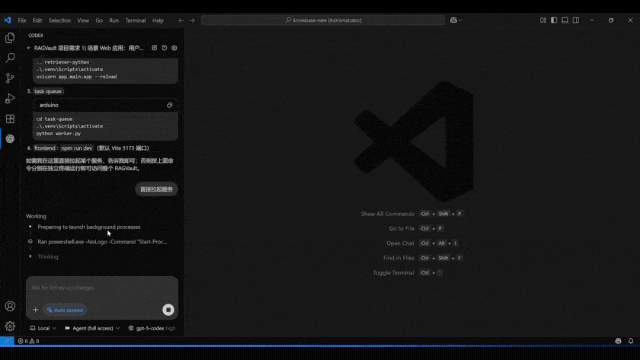How to Break Down Requirements Without Being Misled by Business Needs
Introduction: The Trap of “Small Requests”
> “Add a button.”
> “Export a few more columns.”
Have you ever been worn out by these seemingly simple asks?
The feature goes live, and then the business says:
> “This isn’t what I wanted.”
Don’t panic — this guide will help you see through appearances, uncover the essence, and avoid being pulled around by unclear business requests.
---
Common Loop in Daily Work
The business says:
- “Can you add a button here?”
- “Can you give me an Edit function?”
- “Can we export a few more columns?”
You think: “Easy tweaks.” You start:
- Write the PRD
- Sketch prototypes
- Schedule the release
Then after launch:
> “Hmm... not exactly what I wanted.”
You’re stunned, pressure rising — Are they messing with me?
In B-end product work, this happens almost daily.
Why? Because you may have solved a hypothesis, not the real problem.
---
Role Clarity: Business = Problem Expert
New product managers often take the proposed solution at face value.
But in reality:
- Business sees part of the problem
- Their proposal is a solution hypothesis
Examples:
- “Add a button” → Root: Process is too complex; errors happen often
- “Need Edit function” → Root: Incorrect data cannot be corrected
- “Export more columns” → Root: Current reports lack flexibility for analysis
Your role is to find the root cause and design a solution that truly fixes the pain point.
Copying their approach without validating the need risks building the wrong solution.
---
What Is “Demand” Really?
Official definition:
> Demand is the need for a certain good or service, under specific conditions and time, which people are willing and able to obtain.
Practical definition:
> Scenario + Pain Point + Ability to Address It = Real Demand
- “I want an Edit button” = Idea
- “When data is wrong, I need to correct it quickly to avoid reporting errors” = Demand
Demand Analysis = Reverse Excavation
- Start with the user’s stated idea
- Dig out goals, pain points, scenarios
- Convert into a targeted product plan
---
Case Study: Avoid Literal Implementation
Scenario:
Operations head:
> “Allen, help me build an account balance monitoring function.”
Initial impulse: Write the PRD immediately.
But instead, I asked: “Why?”
Step-by-Step Clarification
- Problem: Many accounts, manual tracking, balances deplete unnoticed
- Current process: Calculate daily average spend → Estimate days remaining → Manual top-up before balance hits zero
Root issue:
Manual monitoring creates high risk of missed accounts → Zero balance → Potential client complaints
Proposed solution (validated):
- Configure accounts in system
- Auto-calculate average daily spend & remaining days
- Notify ops via Feishu and tag responsible staff
Outcome: Saves manual work. Ops can focus on strategy, not balance tracking.
---
Reverse-Engineering Business Requirements
Core technique: Question assumptions. Capture the big picture.
Two Key Questions to Ask:
- What specific problem are we facing right now?
- Get the scenario and exact pain point
- How do we currently operate?
- Walking through the process often reveals design flaws, not just missing features
---
Summary: Problem-Driven Thinking
- Business proposals = Fragments through their lens
- PM role = Return to core problem
- Drive solutions from problems
- Avoid adding “features that solve nothing”
Next time: When you hear “Add a button” or “Export more columns,”
✔ Identify essence behind the ask
✔ Validate before building
---
What’s Next?
In the next article, we’ll cover:
- Judging if a need is worth doing
- Turning scattered issues into quantifiable product value
- Prioritization to maximize resources — critical tasks first, optional later
---
Tool Tip: Ai-Assisted Problem Discovery
Platforms like AiToEarn官网 help PMs and creators move beyond surface-level requests.
AiToEarn enables:
- Multi-platform content generation (Douyin, Kwai, Bilibili, Facebook, etc.)
- AI-assisted publishing & analytics
- Monetization
- Systematic pain point capture & validation
Key takeaway: The right tool can streamline both problem discovery and value delivery.
---
💡 Remember: Small feature requests are often symptoms. Your job is diagnosis — solve the disease, not just treat the symptom.



